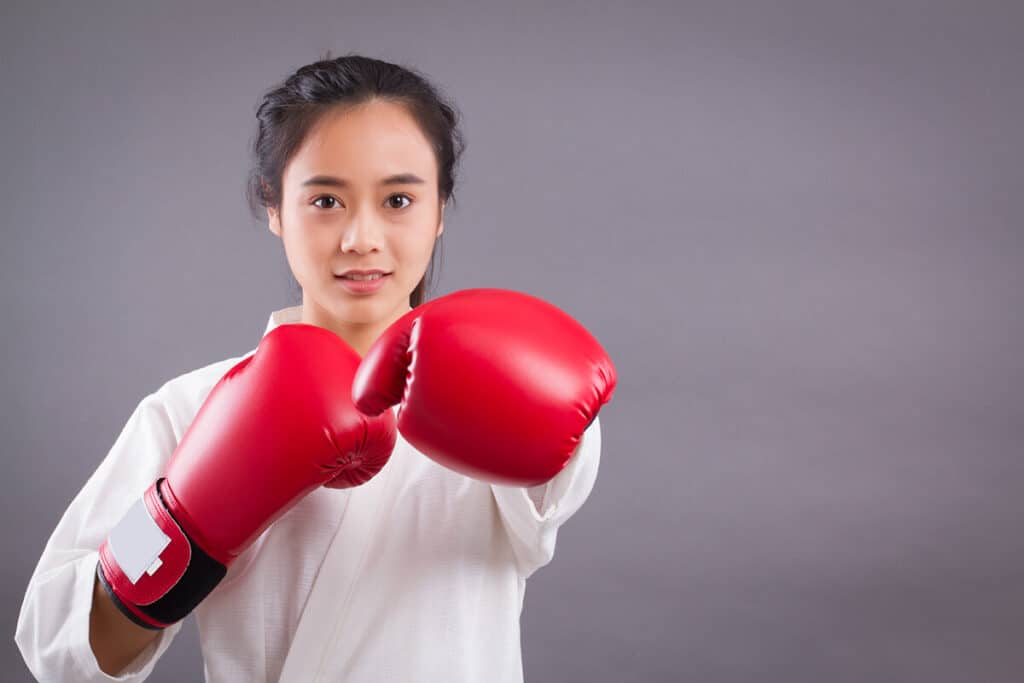
8. Practicing Martial Arts
In Japan, martial arts are more than just a popular sport, they’re also a way of life and spiritual practice. Dating back to 23 B.C., martial arts were traditionally performed by samurai warriors due to the restriction on weapons by other members of society. Since then, the arts have developed and grown to become incredibly diverse. Nowadays, we have different training tools, methods, and philosophies across various schools and styles. There are many styles of Japanese martial arts. Some include Aikido, a style of fighting that aims to be peaceful in nature and based on self-defense, with an emphasis on strongholds instead of attack strikes. Next, we have Iaido, a form of sword fighting that began in the 15th century and Judo, one of the most well-known styles and an Olympic sport. Next up is Sumo, another popular sport that is perhaps most known for its extraordinarily large participants; and Karate, also known as ‘the way of the empty hand’, which focuses primarily on straight-forward punching and kicking techniques.

Martial arts hold many health benefits. It’s a high-aerobic, total body workout that uses every muscle in the body. It improves stamina, flexibility, endurance, and strength, and is a great way to improve cardiovascular health. Martial arts can provide important self-defense skills, improve reflexes and aid in weight loss. It also teaches focus, morals, and values, and can enhance your mood through the release of endorphins. Practicing martial arts can teach you self-confidence and self-respect, as well as discipline and respect for others. It’s also a great way to connect deeply with the mind and body. Martial arts is more than just kicking and punching the air, it’s an activity that taps into the senses as you are taught to see, feel and listen while you move.
